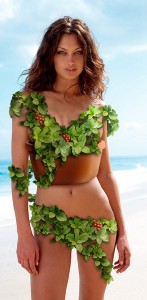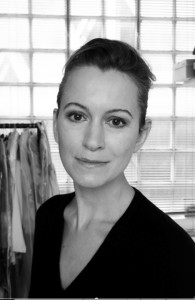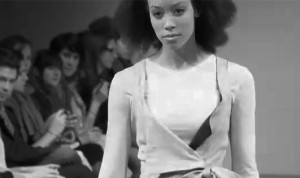
 The concept for BioCouture originated during the research for Suzanne Leeʼs book
The concept for BioCouture originated during the research for Suzanne Leeʼs book ʻFashioning
The Future: tomorrowʼs wardrobe.’ A serendipitous conversation in 2003 with Dr. David
Hepworth, a biologist and materials scientist, presented a new vision of future fashion – one that
emerges fully-formed from a vat of liquid.
ʻFashioning
The Future: tomorrowʼs wardrobe.’ A serendipitous conversation in 2003 with Dr. David
Hepworth, a biologist and materials scientist, presented a new vision of future fashion – one that
emerges fully-formed from a vat of liquid.
Rather than exploit plants or petrochemicals to provide the raw material for fabric BioCouture is investigating the use of microbes to grow a textile biomaterial. Certain bacteria will spin microfibrils of pure cellulose during fermentation which form a dense layer that can be harvested and dried. It can then either be used wet or molded onto a 3D form, like a dress shape, or dry it flat and then cut and sewed into a garment. From there it can readily be dyed and printed on the material and since it requires far less dye than other fibres it has a huge environmental advantage.
With so many environmental concerns related to the production, consumption and disposal of fashion textiles BioCouture is pioneering a new eco-friendly and sustainable alternative. The future scale up of this material would also seek to use waste streams, for example from the food or drinks industry, to fuel the microbial-cellulose production.
What Suzanne started as a fashion project has now evolved into a bio materials project. They are only just beginning to imagine what other uses there might be for this material. Right now these clothes are experimental prototypes and not commercially available, and, as the material is still in development. See: Susanne Lee on growing clothes

